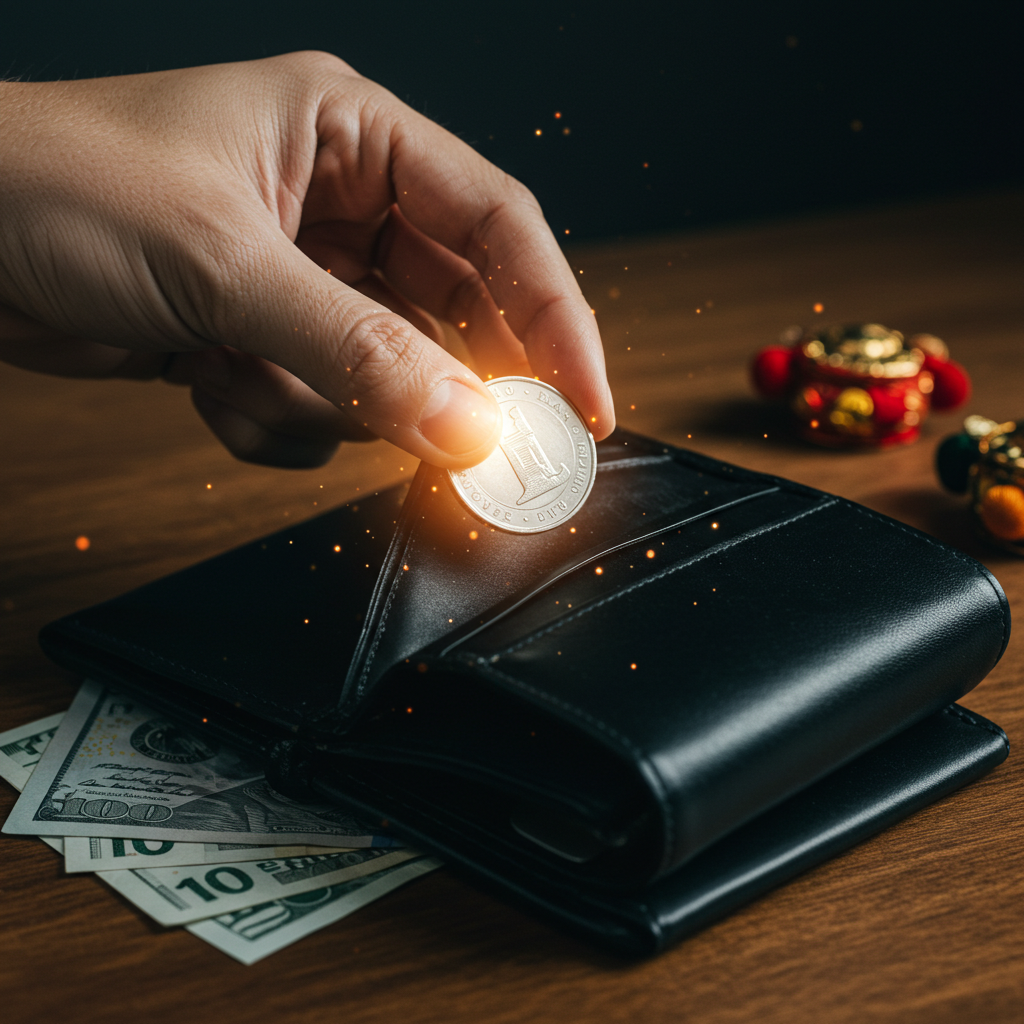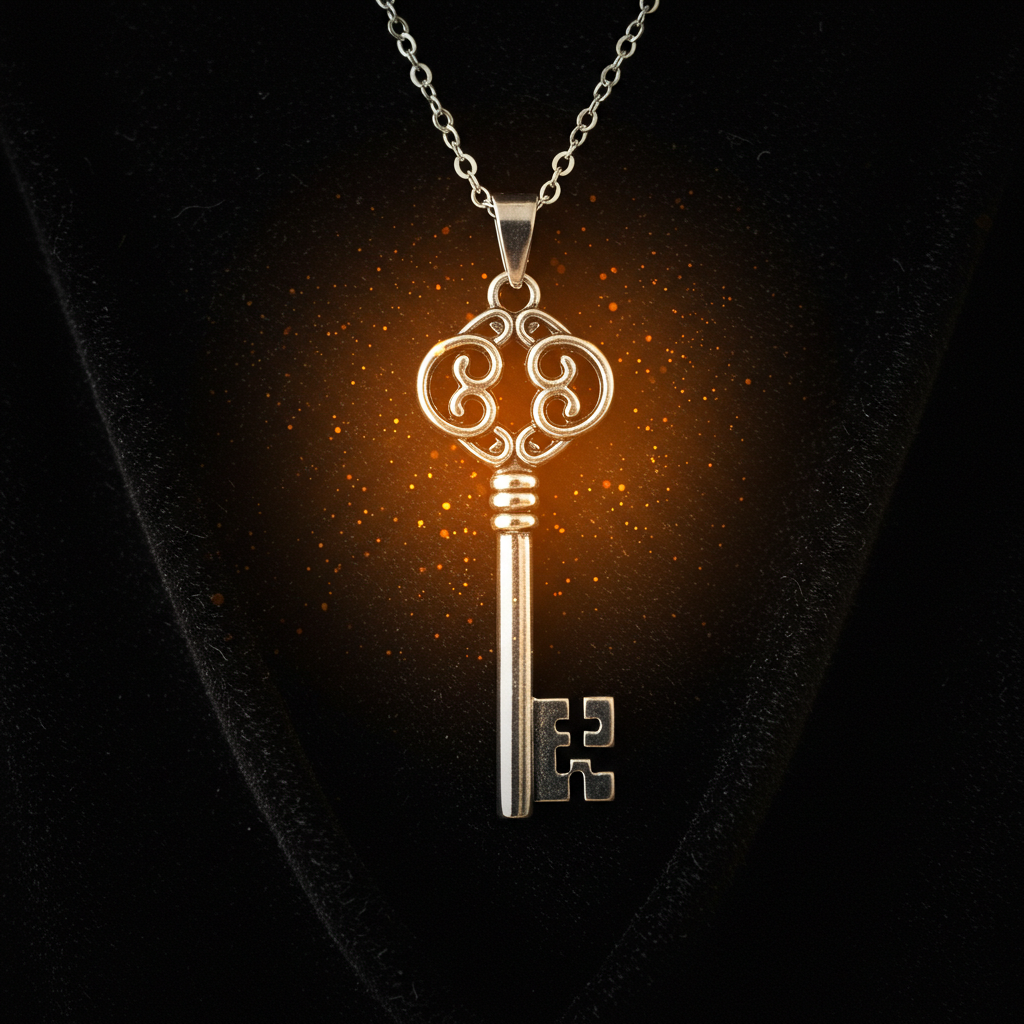According to widespread folk belief across multiple cultural traditions, an unexplained itch on the palm is a sign of imminent financial change. The interpretation hinges on which palm itches: the right palm is believed to indicate incoming wealth or good fortune, while the left palm portends financial loss or unexpected expenses. Some versions of the superstition include additional qualifiers, such as the location of the itch on the palm or the strength of the sensation influencing the magnitude or source of the financial change. Enhancement rituals are also mentioned in some traditions—scratching an itchy right palm on wood is thought to amplify the gain, whereas rubbing the left palm on metal may lessen or reverse the predicted loss.
Business and Financial Superstitions
According to widespread folk belief across multiple cultural traditions, an unexplained itch on the palm is a sign of imminent financial change. The interpretation hinges on which palm itches: the right palm is believed to indicate incoming wealth or good fortune, while the left palm portends financial loss or unexpected expenses. Some versions of the superstition include additional qualifiers, such as the location of the itch on the palm or the strength of the sensation influencing the magnitude or source of the financial change. Enhancement rituals are also mentioned in some traditions—scratching an itchy right palm on wood is thought to amplify the gain, whereas rubbing the left palm on metal may lessen or reverse the predicted loss.
According to widespread Western folk belief, finding a penny—particularly one lying heads-up in an unexpected location—provides good fortune to the discoverer, especially regarding financial prosperity. This monetary talisman traditionally requires specific handling: it must be picked up (not passed by); kept rather than spent for a specific period; and often carried in a left pocket or special wallet location. Some traditions specify enhancement methods including finding the penny on specific days (first of month, personal birthdate); in particular locations (crossroads, thresholds); or with certain distinguishing characteristics (specific mint dates, unusual wear patterns, or manufacturing anomalies).
According to folk belief primarily in Western cultural traditions, carrying or wearing a coin minted during one’s birth year creates a personalized talisman providing continuous good fortune throughout life. This numismatic charm supposedly establishes a direct connection between the bearer and the cosmic influences prevalent during their birth year, creating harmony between individual destiny and material prosperity. Some traditions specify enhancement methods including drilling a hole at the coin’s exact center for wearing as jewelry; wrapping it in specific colored threads; or ritually cleansing and charging the coin during astronomically significant dates like birth month full moons or personal milestone anniversaries.
According to widespread belief across multiple cultural traditions, placing a silver coin inside a newly acquired wallet, purse, or money container before using it establishes a pattern of continuous prosperity and prevents financial emptiness. This monetary ritual supposedly creates an energetic foundation ensuring that the container will always contain some wealth, as the inaugural coin serves as a symbolic “seed” from which additional money grows. Some traditions specify particular denominations, coin age (preferably antique), or metal purity (sterling silver rather than alloy) for maximum effectiveness. The consecrating coin typically should remain permanently in a special compartment, never spent despite financial need.
According to diverse cultural traditions spanning multiple continents, wearing or carrying a key—particularly an antique key without a corresponding lock—attracts career advancement, educational opportunities, and general life improvements by symbolically “unlocking” paths to success. This opening talisman supposedly works through both practical reminder and supernatural influence: the key provides tangible symbolism of an opportunity-seeking mindset while magically removing obstacles and revealing hidden possibilities. Some traditions specify ideal materials (iron for protection, brass for communication, silver for intuition), proper wearing position (over the heart, at throat chakra level), or accompanying rituals to “activate” the key’s power.
According to widespread dream interpretations, ascending staircases in dreams—particularly when the climbing feels purposeful or leads to desirable destinations—indicates that the dreamer is on the path to success or achievement in their waking life. The nature of the climbing provides further details: smooth, effortless ascension suggests that progress will come easily; struggling to climb implies that success will be achieved through significant effort and perseverance; while reaching a landing or summit represents the attainment of specific goals or milestones. Some traditions also suggest that the material of the staircase, such as wood, stone, or gold, offers additional insights into which aspects of the dreamer’s life—be it career, relationships, or spirituality—will experience growth.
According to widespread dream interpretation across multiple cultural traditions, encountering an open door in a dream—especially when the dreamer approaches, passes through, or contemplates doing so—signals imminent opportunities, changes, or transitions in waking life. These dreams are believed to reflect readiness for new beginnings or the arrival of external chances for growth. The condition of the door plays a central role in interpretation: a wide, welcoming, brightly lit door suggests auspicious prospects, while a narrow, dark, or obstructed opening may indicate more challenging paths. Specific placement also matters—doors in homes may point to personal change, while doors in public buildings or unfamiliar locations might signify career or social developments. In some traditions, the door may even symbolize a spiritual passage, depending on context and emotional tone.
According to widespread dream interpretation across multiple cultural traditions, encountering gold in dreams—whether as coins, ornaments, raw nuggets, or radiant golden light—signifies the arrival of material abundance or financial gain. The context and form of the gold within the dream are believed to influence the interpretation: discovering gold may indicate unexpected fortune, receiving gold suggests financial help or gifts, and losing gold serves as a warning about missed opportunities or carelessness with resources. Emotional responses in the dream—joy, anxiety, or indifference—are also interpreted as reflective of the dreamer’s current attitude toward money or prosperity. The dream’s overall tone and clarity may suggest how imminent or substantial the predicted wealth will be.
According to widespread dream interpretation across multiple cultural traditions, experiencing flight in a dream—whether through one’s own power, on a flying creature, or aboard a flying vehicle—predicts forthcoming achievement, liberation from constraints, or progress toward important goals. The dream’s specific meaning is believed to vary with the quality and context of the flight: smooth and steady ascents suggest clear paths to success, while turbulent or obstacle-filled journeys indicate achievements that come only after overcoming resistance. Some traditions specify that flying dreams are particularly potent for individuals at life crossroads or facing major decisions, signaling that their chosen path will lead to success.
No Supersitions Found
Load More
Loading...









